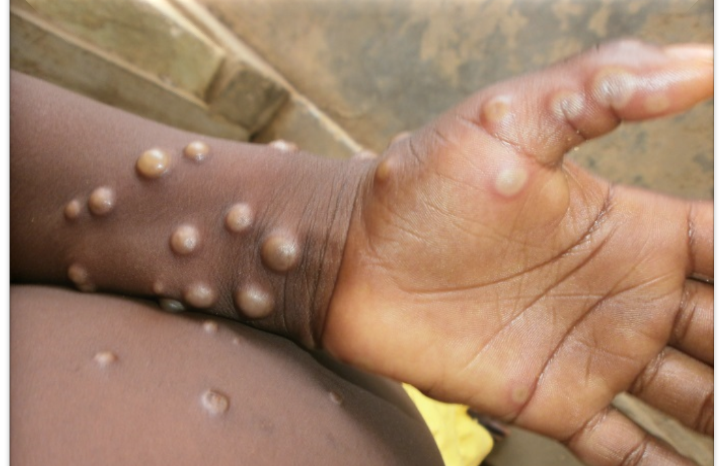News
Nigeria records 62.5 % increase in monkeypox cases

The number of confirmed monkeypox cases has increased by 62.5 percent in the country, the Nigeria Centre for Disease Control (NCDC) revealed on Wednesday.
In a monthly update on monkeypox (MPX) in Nigeria published on its website, the agency noted that a total of 466 suspected have been reported in 30 states from September 2017 to June this year.
According to the report, 52 suspected cases were recorded between January and June this year.
However, 13 confirmed cases and no death were reported during the period.
The new confirmed cases for this year represent a 62.5 percent increase compared to the eight confirmed cases recorded in 2020.
The new cases occurred in five states – Delta (3), Bayelsa (2), Lagos (4), Edo (1), and Rivers (3).
The report read: “Since September 2017, Nigeria has continued to report sporadic cases of monkeypox. The National Technical Working Group for monkeypox has been monitoring cases and strengthening preparedness/response capacity.
“Of the reported cases, 205 (43.9 percent) have been confirmed in 18 states – Rivers (50), Bayelsa (39), Lagos (28), Delta (23), Cross River (13), Imo (8), Akwa Ibom (7), Edo (7), Oyo (6), FCT (5), Enugu (4), Abia (3), Plateau (3), Nasarawa (2), Benue (2), Anambra (2), Ekiti (2) and Ebonyi (1).
READ ALSO: Monkeypox hits three Akwa Ibom communities
A total of eight deaths have been recorded (CFR= 3.9%) in six states – Edo (2), Lagos (2), Imo (1), Cross River (1), FCT (1) and Rivers (1) – Cross River (1), Edo (2), FCT (1), Imo (1), Lagos (2) and Rivers (1) from September 2017 to May 2021.”
Monkeypox, is a zoonotic disease that occurs sporadically in forested areas of Central and West Africa.
The disease is an orthopoxvirus that can cause fatal illness. Its manifestations are similar to human smallpox. But human monkeypox is less severe.
The disease is self-limiting with symptoms usually resolving within 14–21 days. Treatment is supportive. The virus is transmitted through direct contact with blood, bodily fluids, and cutaneous/mucosal lesions of infected animals (rats, squirrels, monkeys, dormice, striped mice, chimpanzees amongst others rodents).
Secondary human-to-human transmission is limited but can occur via exposure to respiratory droplets, contact with infected persons, or contaminated materials.
Join the conversation
Support Ripples Nigeria, hold up solutions journalism
Balanced, fearless journalism driven by data comes at huge financial costs.
As a media platform, we hold leadership accountable and will not trade the right to press freedom and free speech for a piece of cake.
If you like what we do, and are ready to uphold solutions journalism, kindly donate to the Ripples Nigeria cause.
Your support would help to ensure that citizens and institutions continue to have free access to credible and reliable information for societal development.


















